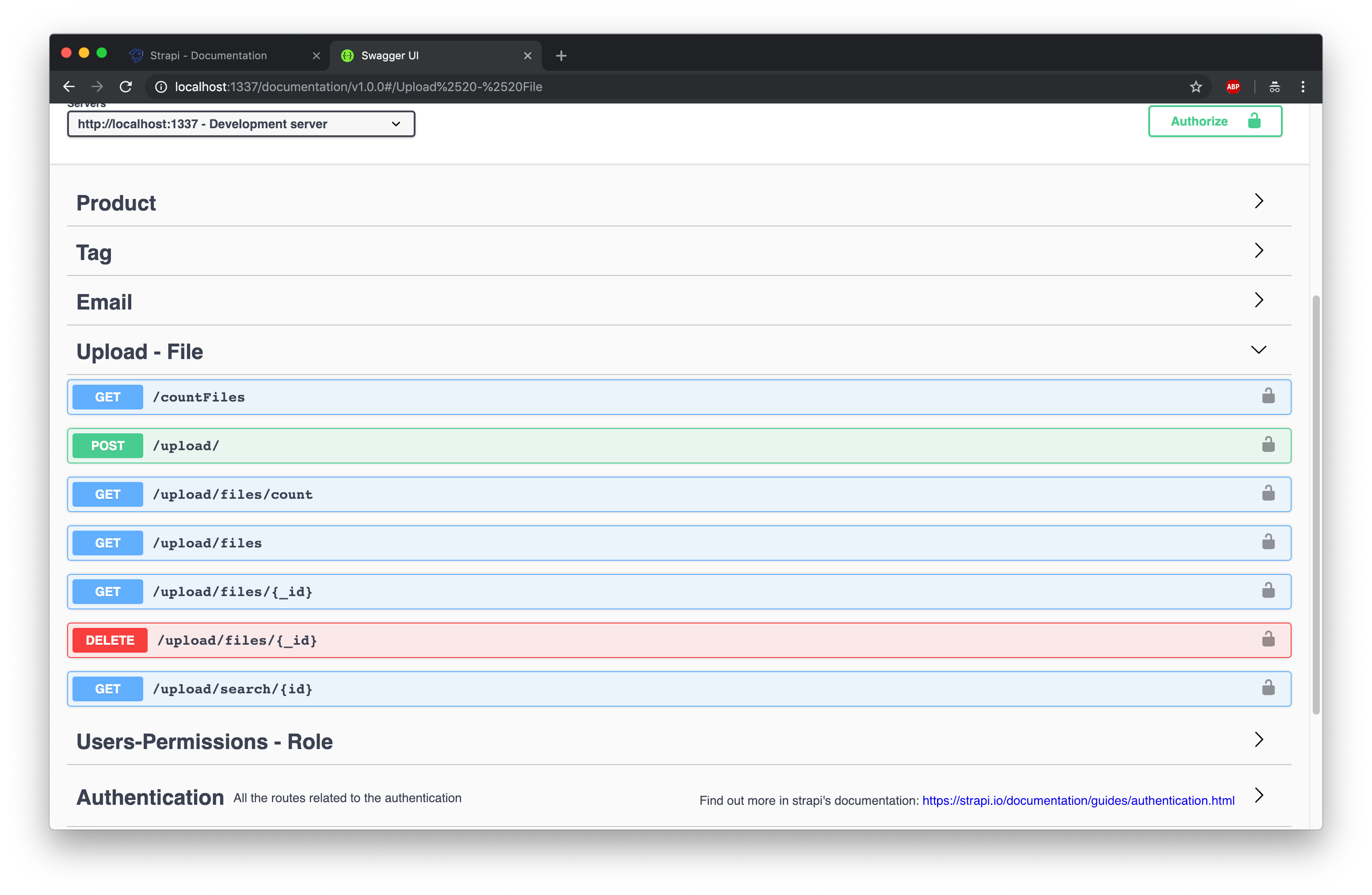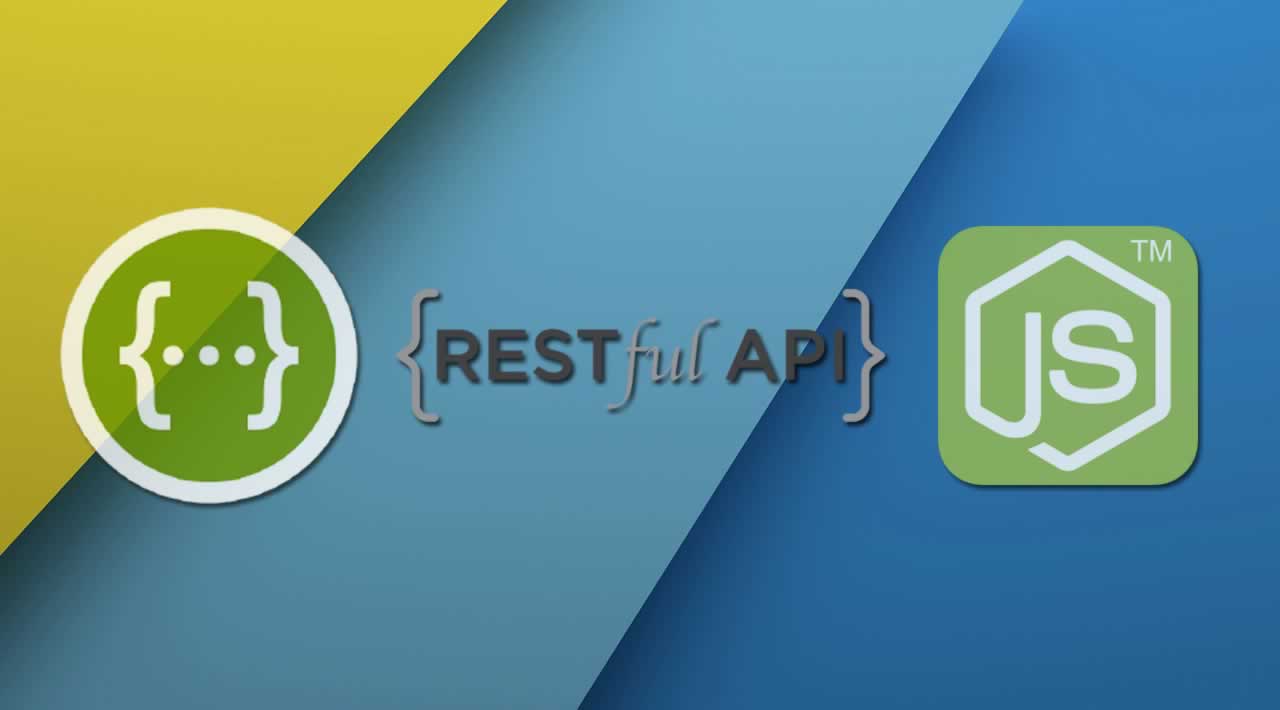

- #Npm install swagger editor generator#
- #Npm install swagger editor full#
- #Npm install swagger editor code#
- #Npm install swagger editor download#
This file can be either json or yaml formatted. With the -c flag, you can specify the path of a file containing configuration properties specific to the chosen language / framework. You can customize the generated project package name and other aspects using command line flags that can be listed with the command openapi-generator help generate. : the path where the project will be generatedĮxample: openapi-generator generate -i my-api.yaml -g spring -o C:\tmp\my-api.: the name of the language / framework (as listed here, can also be listed using openapi-generator list).To generate your REST API server or client from an OpenAPI file, run the following command: openapi-generator generate -i -g -o Install the latest version of the tool globally so that it can be exposed on the command line using npm: npm install -g.
#Npm install swagger editor download#
You can download them from the following link:
#Npm install swagger editor code#
Maven and Gradle plugins are also available to automate the code generation in your existing projects.


#Npm install swagger editor full#
The full list of supported Languages/Frameworks is available in the following link:
#Npm install swagger editor generator#
It's a fork of the swagger-codegen generator that can be launched using a CLI with npm, docker and Homebrew. OpenAPI Generator is a tool that can generate API clients and server stubs using as an input an OpenAPI or Swagger specification file.

You can also use the Insert menu to add paths, operations etc. Swagger Editor: OpenAPI text editor with auto-completion and live documentation preview that can be used if you are more familiar with the OpenAPI or Swagger specifications.You can also generate a model and REST endpoints by simply providing a JSON sample: data types will automatically by deduced. Apicurio Studio: You can design with Apicurio your API without prior knowledge of the OpenAPI specification using a visual editor.Many tools can be used to design and generate the Swagger or OpenAPI specification file: It starts with the version 3.0 (Swagger being the version 2.0 of OpenAPI). OpenAPI is an upgraded version of Swagger that adds major improvements and new functionality including: increased reusability, extended JSON Schema functionality, and enhanced security definitions. They allow you to describe your API endpoints, supported operations and parameters, expected inputs and outputs, authentication methods and specify many more information. OpenAPI Specification and Swagger Specification are REST API description formats that can be written in YAML or JSON and are readable to both humans and machines.


 0 kommentar(er)
0 kommentar(er)
